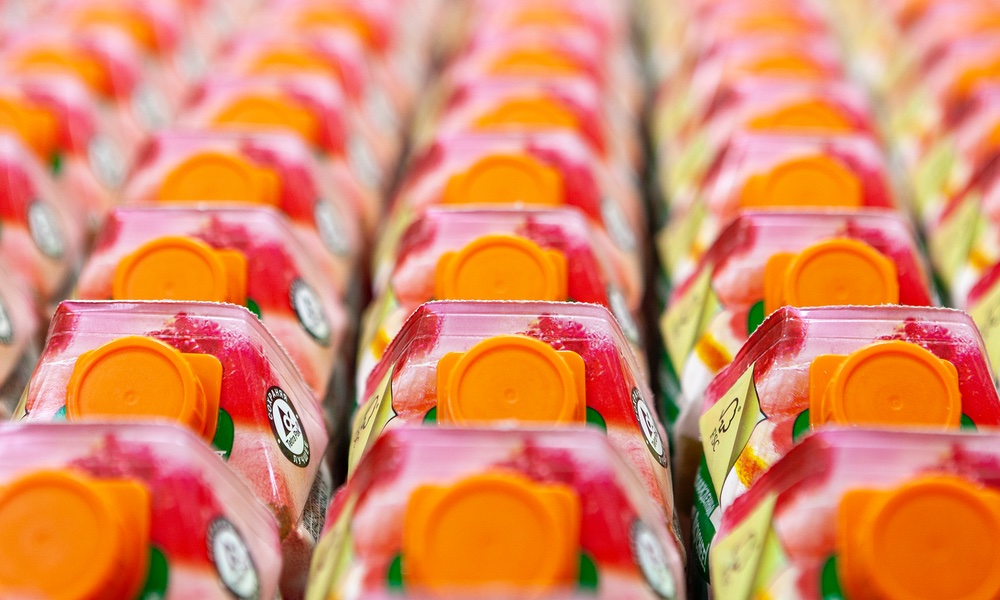Choosing a healthy fruit beverage for your child can be tricky business. Quirks in regulations about how fruit drinks are labeled make choosing a healthy fruit drink very confusing to parents, suggests a new study, and the FDA could do more to help.
Health and nutrition professionals suggest that parents avoid giving their young children beverages with added sugars or sugar substitutes, but these beverages represent a large majority of what children generally drink. It could be that the labeling on drinks made for kids is part of the problem.
Current FDA labeling requirements don’t provide enough information for parents to tell the difference between fruit juice and fruity, sugary beverages. While the FDA does regulate beverage labels, a wide range of names, claims and pictures of fruit are permitted on the package.The safest bet is products that are 100 percent fruit juice or diluted with water, with no added flavors or sweeteners.
Thirty-nine fruit-flavored beverages were identified, varying widely in how much fruit juice they contained. Only seven drinks were 100 percent juice. Eleven beverages were diluted with water, and eight contained some juice along with added sugar or low-calorie sweeteners. There was little to no fruit juice in eight beverages that consisted of fruit flavoring and sugar or low-calorie sweeteners. Five drinks were called water, but their ingredients were similar to the drinks with little or no fruit juice.
FDA regulations require that fruit drinks with 100 percent juice must include a statement on the package related to any added sweeteners, but drinks with less than 100 percent fruit juice are not required to do so.
This lack of transparency led researchers to observe a variety of nutrition claims for fruit drinks that could be confusing to parents. For example, sixty percent of fruit drinks with added sugars used positive statements on labels like "no high fructose corn syrup." Beverages with stevia extract, a sweetener derived from plants, included statements on their labels such as “no artificial sweeteners” or “no sugar added.” Fruit drinks of all kinds had vitamin claims like “100% vitamin C” even though the vitamin did not come from the juice, but was added. These all sound good, but positive claims don’t make a product healthy.
Almost all of the drinks displayed fruit on the front of the container, even if the product did not contain any juice from the fruits pictured, or any juice at all. Nearly 20 types of fruit were pictured, but apple juice was the common juice in all products that contained juice as an ingredient. Less than half of beverages with fruit images on the label included juice from the fruits shown and over a third did not contain juice from any fruit pictured on the packaging.“ …[C]urrent FDA regulations …allow the naming and use of fruit images that reflect the drink's flavor, regardless of the product's ingredients.”
The team recommends several changes to the FDA regulations to help parents make better choices governing fruit drinks. The names of fruit juice products should be standardized, with clear designations between juices, waters and drinks with added sweeteners. The difference between flavors and ingredients should also be made clear, and added sugars should be listed on the front of products.
Until the FDA changes its regulations, if it does, parents need to look closely at the fruit beverages they purchase for their kids. The safest bet is products that are 100 percent fruit juice or diluted with water, with no added flavors or sweeteners.
The study is published in the American Journal of Public Health.





